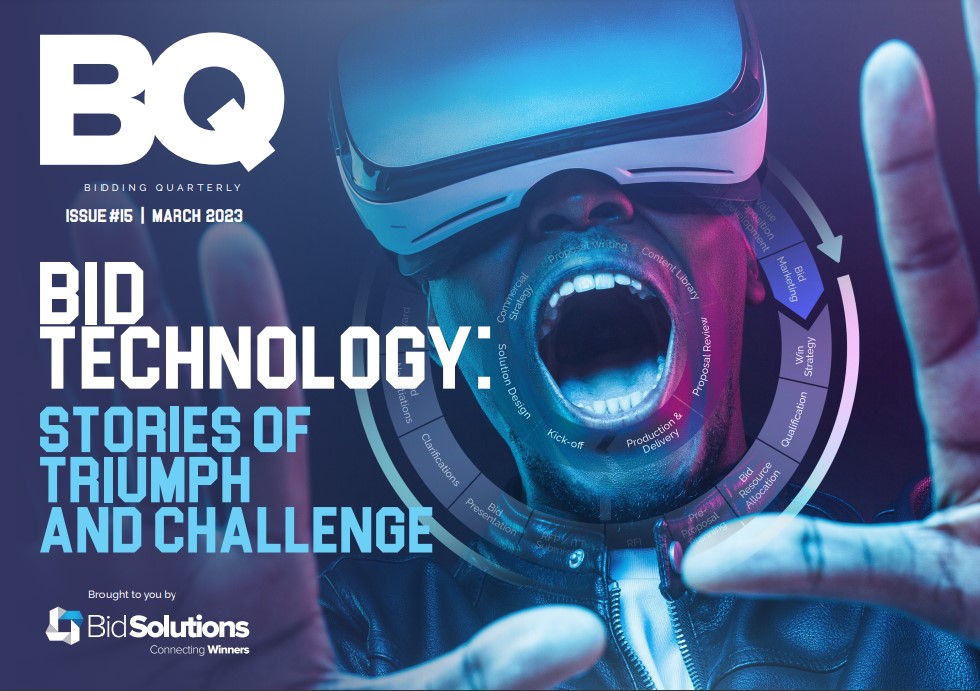
Win theme statements are the cornerstones of our proposals. They simplify the review experience for the reader and are vital as lifestyles make it more difficult than ever before to hold a reader’s attention. However, these highlights can often descend to simply being vague benefit statements linked to generic priorities. They are simply advantages – when what we are aiming for are well-substantiated discriminators that elevate confidence in your proposition across the requirements the client has acknowledged as important.
The challenge with discriminators isn’t in relating what we present as USPs to known priorities. The challenge comes in their substantiation with clear evidence. Customers buy benefits, not features, but too often we can be guilty of failing to logically illustrate any confidence in our ability to deliver the benefit through clear, data driven information.
Harvesting data driven evidence
Leveraging the depth of insight by Data Science and Advanced Analytics teams holds the key to quantifying benefits and also offering unthought-of perspectives for further investigation.
Increasingly, data science experts within our businesses hold the key to turning the bid teams’ traditional approach to generating win themes on its head. Data scientists are quickly becoming catalysts within a business for uncovering new patterns, trends, correlations, and relationships to reveal the true impact specific elements of our solutions are having. From this they can further explore ways in which to harvest impressive data driven evidence to stop the reader in their tracks.
Data science technologies speed up an analyst’s ability to combine and scrutinise large datasets from various sources to perform pattern recognition and predictive modelling.
With predictive analytics, data virtualisation and data visualisation tools at their fingertips, exploring huge datasets linked to performance and outcomes can now be the starting point for aligning our areas of excellence to client priorities.
This expert analysis often throws up insights that can energise the development of the bid and offer new specific areas of focus. These feed perfectly into the development of visualisations such as infographics, charts, graphs and consistent imagery which are lightyears away from shallow advantage statements.
The benefits of data scientists and their technologies doesn’t stop there for bidders.
Modelling through customer specific predictive analytics
For many of us, the documents provided by prospective clients include historical data which can be analysed using predictive models. This extends your discriminator to support and strengthen an evaluator’s business case.
Predictive modelling can also be applied where you are the incumbent. It can demonstrate how patterns and trends will play out against a series of scenarios to generate even greater future commercial impact for our clients.
Starting with an open mind
The growth in analytical technologies, underpinned by the wealth of expertise in the area, has simplified the ability to bring data scientists, their methodologies and technologies into the bid process.
They quickly uncover angles for further investigation which prove capability and, importantly, energise the bid response with sources for win theme content that go way beyond vague unsupported promises.
This article was written by Peter McPartland.
Peter is recognised for his strengths in bid team leadership, innovation and performance improvement. One of the first law firm employees to achieve the APMP Certified Professional qualification, Peter is also a winner of an APMP UK national award for Innovation.

